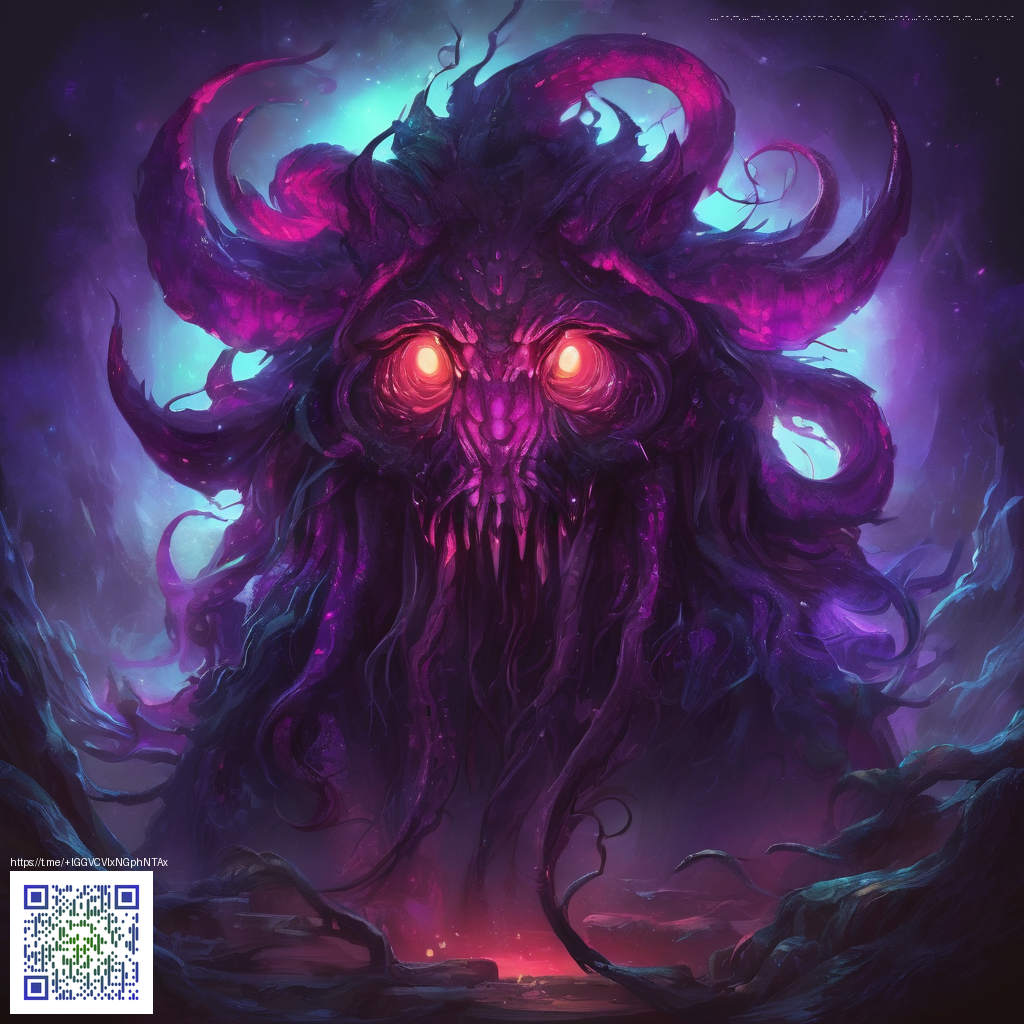
Streets of Rage 2 versus the original and the follow up
The leap from the first Streets of Rage to its sequel feels like a rallying cry for arcade fans. Streets of Rage 2 refined the core loop that defined early beat em ups while injecting a sharper sense of rhythm and tempo. It arrived at a moment when players craved more momentum, more personality in each punch and kick, and a broader sense of empowerment as they cleared a crowded street of troublemakers. The result is a game that still feels punchy and immediate years after its arrival.
In comparison to the original, this sequel speeds up the pace without losing the tactile feedback that made the series iconic. Encounters flow with fewer stalls, and the animation feels tighter as characters chain moves into longer combinations. The hit feedback lands with a satisfying thud that makes you feel every connected strike as you push toward the next foe. The upgrade in pacing is not about reckless speed alone; it is about a more forgiving yet rewarding rhythm that invites experimentation without turning difficulty into a wall.
Core gameplay enhancements
The sequel expands the fighter roster and diversifies the way you approach each encounter. Two new fighters enter the arena, providing distinct rhythms and reach ranges that encourage players to adapt on the fly. This added variety helps the game breathe new life into familiar streets and invites co op play that feels fresh even on repeat runs. The control system benefits from a more fluid chain of actions, letting players seamlessly transition from a basic strike to a midair follow up or a powerful finishing move with less friction.
Alongside roster changes comes a refined approach to crowd control. Enemies juggle with more predictable patterns, which means seasoned players can weave through the onslaught with a blend of timing and risk assessment. The boss lineup creates memorable milestones that test both strategic planning and quick reflexes. The result is a game that rewards experimentation while still rewarding the fundamentals of movement and spacing.
Visuals and audio that age like fine arcade wine
The aesthetic upgrade over the original is clear in the palette and the sprite work. Streets of Rage 2 showcases more vibrant colors, richer stage designs, and a sense of depth that gives the city a livelier, more dangerous personality. The animation feels smoother, with friendly nuance in reactions and enemy responses that sell every skirmish. The soundtrack, a landmark of the era, complements the brisk tempo with tracks that remain instantly recognizable and energizing whether you are revisiting the game casually or chasing high scores.
On the surface the game looks more polished, but the improvements extend to how it feels in practice. Movement feels responsive, and the arena design emphasizes flow over stalling. The combination of refined controls and dynamic level layouts means players can orchestrate longer sequences of hits, throws, and evasive maneuvers. This sense of momentum stays with you long after a run ends, keeping the experience compact while offering room for experimentation.
Community echoes and the modding culture
Fans have long celebrated Streets of Rage 2 for its accessibility and depth. The community has kept the discussion lively through modern plays, challenge runs, and fan made content that preserves the game’s spirit while pushing its boundaries. Modding circles have explored ROM hacks and fan translations that keep the title relevant for new audiences. The enduring appeal lies in how the game invites teachers and learners alike to test timing and strategy while sharing tips that turn attempted runs into satisfying masteries.
Beyond competitive play, the game has become a touchstone for retro revival aesthetics. It represents a high watermark for how a sequel can honor its roots while delivering tangible refinements. The lessons learned here have echoed into later generations of beat em up design and into contemporary retro inspired releases. Players who discovered the original can see a clearer arc toward the more ambitious pacing and crowd control that define the sequel.
Developer notes and lasting impact
The development team aimed to sharpen the bones of the original while embracing the era’s growing appetite for depth without sacrificing accessibility. The result is a title that many fans cite as the peak of the series in its classic era. While Streets of Rage 4 would later reimagine the franchise for modern systems, the blueprint laid down by this sequel — tighter controls, a broader move set, and more character variety — remains a touchstone for how to evolve a beloved formula without diluting its core identity.
Whether you approach it as a casual romp or a serious challenge run, the game rewards timing and experimentation. Its design invites you to map out your own approach to every street corner, learning from each misstep and refining your strategy with every playthrough. The experience remains a beacon for fans who value texture in gameplay and a strong sense of community around a shared love for retro action.
If you want to support ongoing projects and the broader effort to keep this kind of content accessible, consider contributing through the donation channel below. Your support helps sustain a space where classic games remain alive and continuously explored in vibrant communities. Support the Decentralized Internet